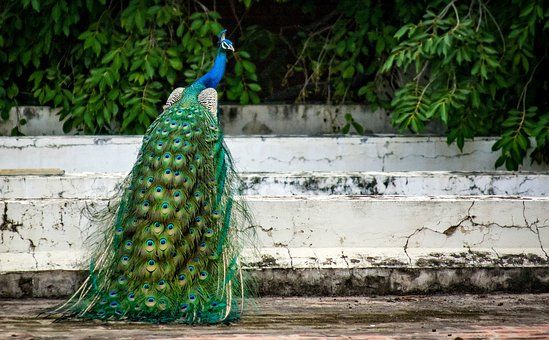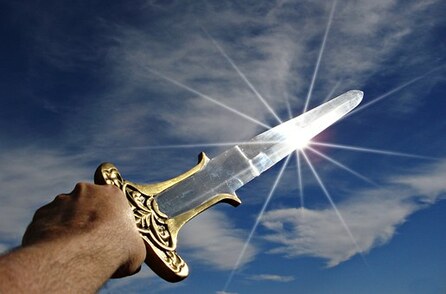Archived Blogs
|
Whose idea was it to make New Year's resolutions? One third of people admit they’ve set an unrealistic goal, one third don’t keep track of what they wanted to accomplish and 20% simply eventually forget about the whole thing. It sounds like a good idea… The most common goals are: losing weight, exercising more, quitting cigarettes, get out of debt, getting a better job, learning a foreign language, spending more time with family/friend and less time on social media. All worthy goals. One writer said that his mom’s goal was the same each year…she resolved to wake up each morning, say a prayer, take a deep breath, and face the day ready to do the best she could do with whatever happened. I liked that. But who started it?
According to Wikipedia, the Babylonians were the first to make promises to their gods at the start of each year around 4,000 years ago. The Romans continued the tradition. That is, after Julius Caesar actually established January 1st as the first day of the new year. January is named after the god Janus, a two-faced god whose spirit looked to both the present and the past. Interestingly, he was often associated with both peace…and war. Definitely, two-faced. Early Christians took the first day of the year to think about their past mistakes and resolve to do better. But my favorite story related to New Years resolution custom is the Peacock Vow. In medieval times, peacocks were regarded as noble and their appearance harkened to the majesty of a king with his full court. A diet of peacock meat was considered favorable for both heartsick lovers and valiant knights. My guess is that you either had to be desperate or out to prove something because one source said “the peacock was used in medieval feasts for its symbolic reputation and beauty and was not served as a delectable treat; the meat itself was considered tough and stringy” and “geese are appropriate substitutes due to their size, with meat far more pleasing.” On the appointed day, the roasted bird would have its plumage restored and it would be placed on a large tray of gold or silver. With great pomp, it would be carried into a banquet hall and presented to each knight in attendance. The medieval knight would place their hands on the peacock and recommit themselves to the ideals of chivalry. The meat would then be divided up to account for all that was present. What is chivalry anyway? According to the dictionary, chivalry is the qualities you would expect in an ideal knight. Traits such as courage, honor, justice and a readiness to help the weak. That’s IT. I’ve got my New Year's Resolutions for 2019. Number one: Take a Peacock Vow. Number two: Eat less meat. (starting with peacock) I’m not the only one that thinks chivalry is a timeless concept. Take a look at the website for Chivalry today. Their motto: Don’t just talk chivalry. Live it.
0 Comments
Leave a Reply. |
Archives
October 2020
Categories |
COPYRIGHT 2017 SUSAN BADARACCO | Site Credits




 RSS Feed
RSS Feed